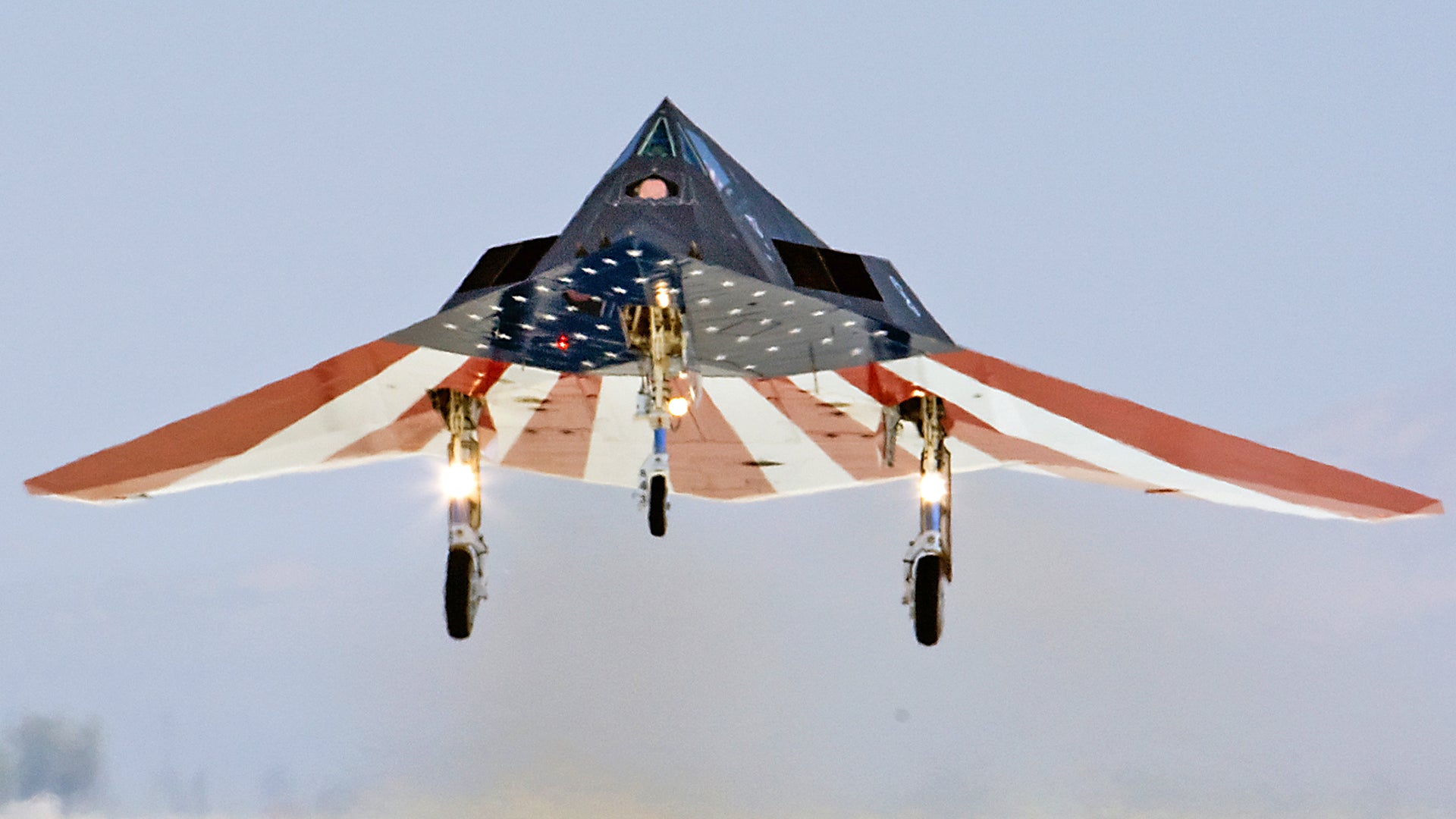After years of studying the history of the F-117 Nighthawk program and having written many articles about some of its most obscure elements, one topic that has continued to surface in various forms has to do with the stealth attack jet being used in the air-to-air role. Discussion of this surfaced briefly on the Fighter Pilot Podcast recently, which you can and should check out here. Comments from a veteran Nighthawk pilot resulted in speculation that this capability may have indeed existed in an operational sense. The hard truth is it absolutely did not, but Skunk Works and the Air Force did toy around with the idea of enabling the F-117 in the air-to-air arena and giving the jet a radar on multiple occasions during its first decade of existence.
It is true that during the early 1980s, as the F-117 was marching towards an operational state, Lockheed’s Skunk Works and the Air Force kicked around the idea of using the F-117 as a clear air interceptor of sorts aimed at swatting down high-value Soviet assets. Years before that, prior to the true limitations and strengths of the final design becoming known, a more robust air-to-air capability was discussed. But these were just conceptual ideas. Some limited testing, much of which was a byproduct of trialing the stealth jet’s radar signature against U.S. airborne early warning and control aircraft and fighters, was done. That being said, we can now get back to the notion that the air-to-air mission was actually within the F-117’s operational repertoire.
Here is the relevant excerpt from the Fight Pilot Podcast podcast, as transcribed by The Aviationist:
“Yes its primary role was attack but having said that, it could actually carry every munition in the inventory at the time of its insertion, with the exception of the Sparrow missile which was radar-guided so we could carry air-to-air missiles we could carry the full gamut of air-to-ground munitions and everything. So the F-117 designation has long been rumored and then postulated and many beers have gone down about why it was as such but I think it was basically they just said – hey we don’t want to have anything really too extraordinary out there at all – but yes in all reality it is an attack jet but it did have a limited air-to-air capability.”
…
“Our secondary role was to shoot down the Soviet AWACS. So yeah, we were invisible to their radar and we didn’t want them controlling their airspace so, either on the way in or on the way out you could add a Soviet AWACS paint it to the side of your aircraft”
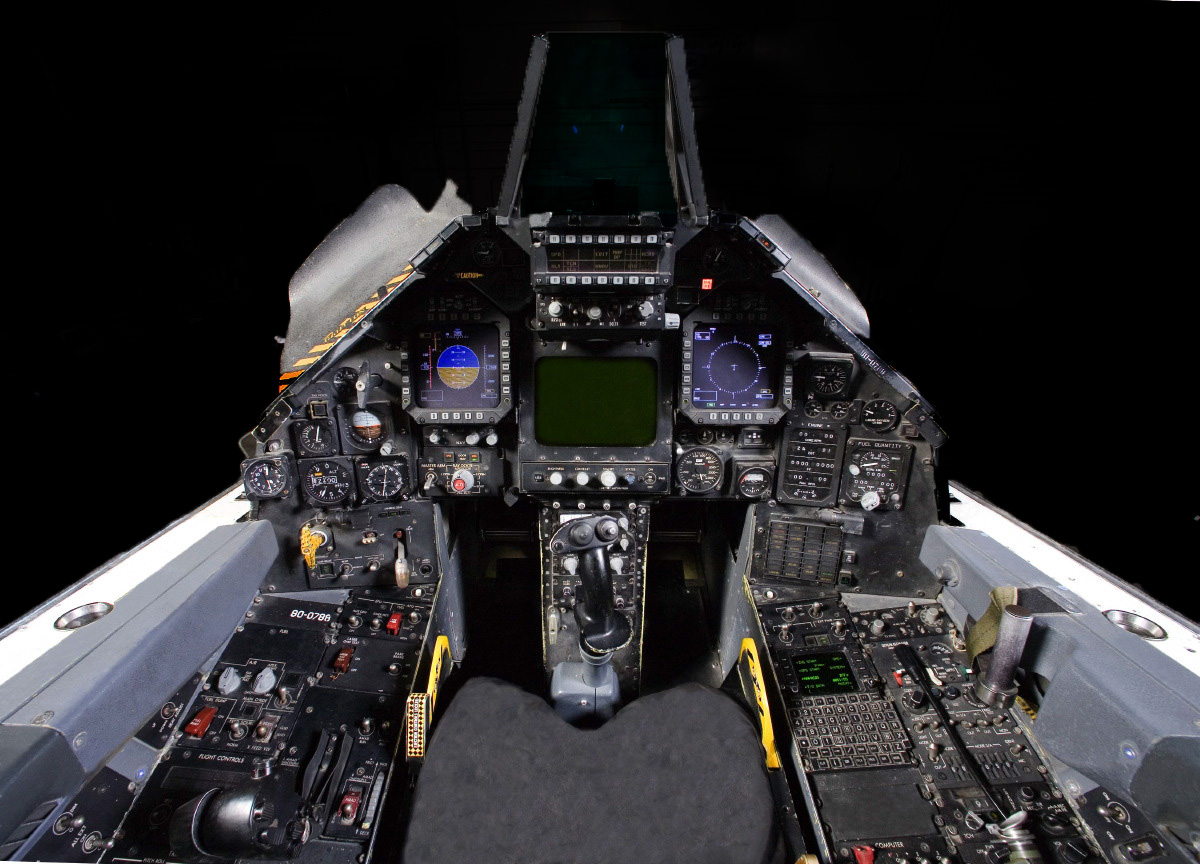
When I heard this, I was a bit flabbergasted. I knew that this wasn’t really the case, at least how it may have sounded. The free-flowing nature of the podcast really didn’t delve into it too deeply, so it was entirely possible it just came out a bit different than intended. So, our friends at the Fighter Pilot Podcast put us in touch with Robert “Robson” Donaldson, their guest for the episode and a veteran F-117 pilot who flew the jet during an amazing time in its operational history, between 1989 and 1992. We previously talked to him about the F-117’s nuclear strike role, which also came up briefly in the podcast. Donaldson was happy to clarify his statements on the topic and to discuss the matter in a bit more detail.
According to the retired F-117 driver and commercial airline pilot, no, the Nighthawk never actually had air-to-air combat as an operational mission. It wasn’t trained for by F-117 crews and the aircraft were not really configured for it in any meaningful way. The concepts that had been passed around early in the jet’s existence included being able to sneak up on unsuspecting Soviet airborne early warning and control aircraft and take them out before they could ever alert prowling fighters as to the attacker’s whereabouts. This would have been done, at least notionally, by an F-117 toting a heat-seeking AIM-9L Sidewinder missile, as the jet had no radar of any kind in order to employ radar-guided missiles.
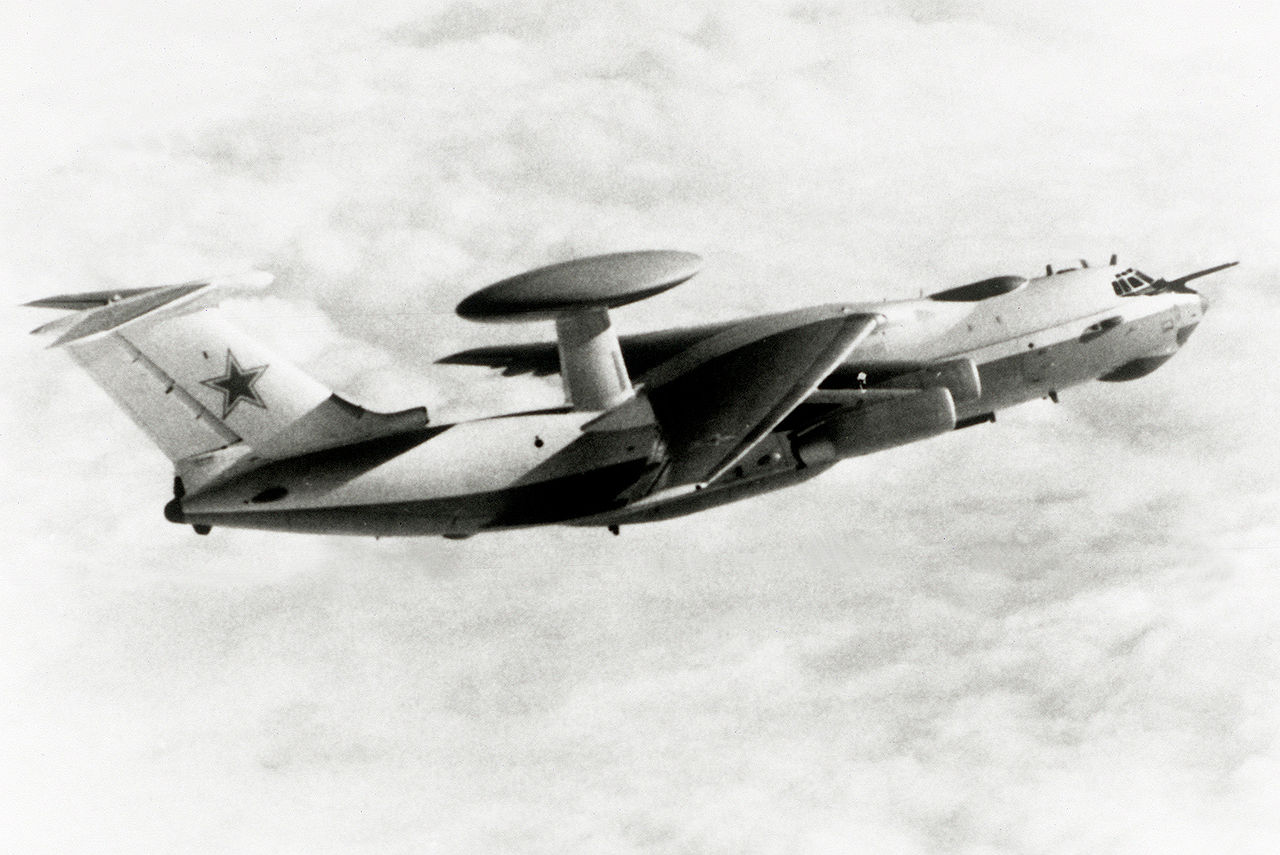
This sounds pretty cool, but in reality, it wasn’t plausible. The F-117 would have no way to look for an airborne target beyond what could be seen outside the cockpit windows, which were notoriously obscured. Its pilot was shut off from the outside world when the aircraft was in a stealth configuration, too. In other words, data-links and radio calls were really not an option, and relying on them alone at the time was far from ideal, especially for such a dangerous mission.
If the F-117 was able to somehow find its target and could navigate within around four miles or so of it to be in a position to launch its AIM-9L, the missile would have to be extended into the slipstream with the F-117’s bay door open in order to even attempt to obtain a lock. Once again, that is only if the jet and the missile’s seeker were pointed directly at the target in the first place. The hard fact here is that opening the bay doors and extending the AIM-9 into the slipstream while trying to lock up the target would give away the F-117’s presence and its position. Considering it was a subsonic attack aircraft, running away at high speed wouldn’t have been a good option after a shot was taken, nor would it have been the stealthiest aspect of the aircraft to present to your enemies after they already knew you were present.
In other words, this was totally implausible operationally speaking and it never became a reality for good reason.
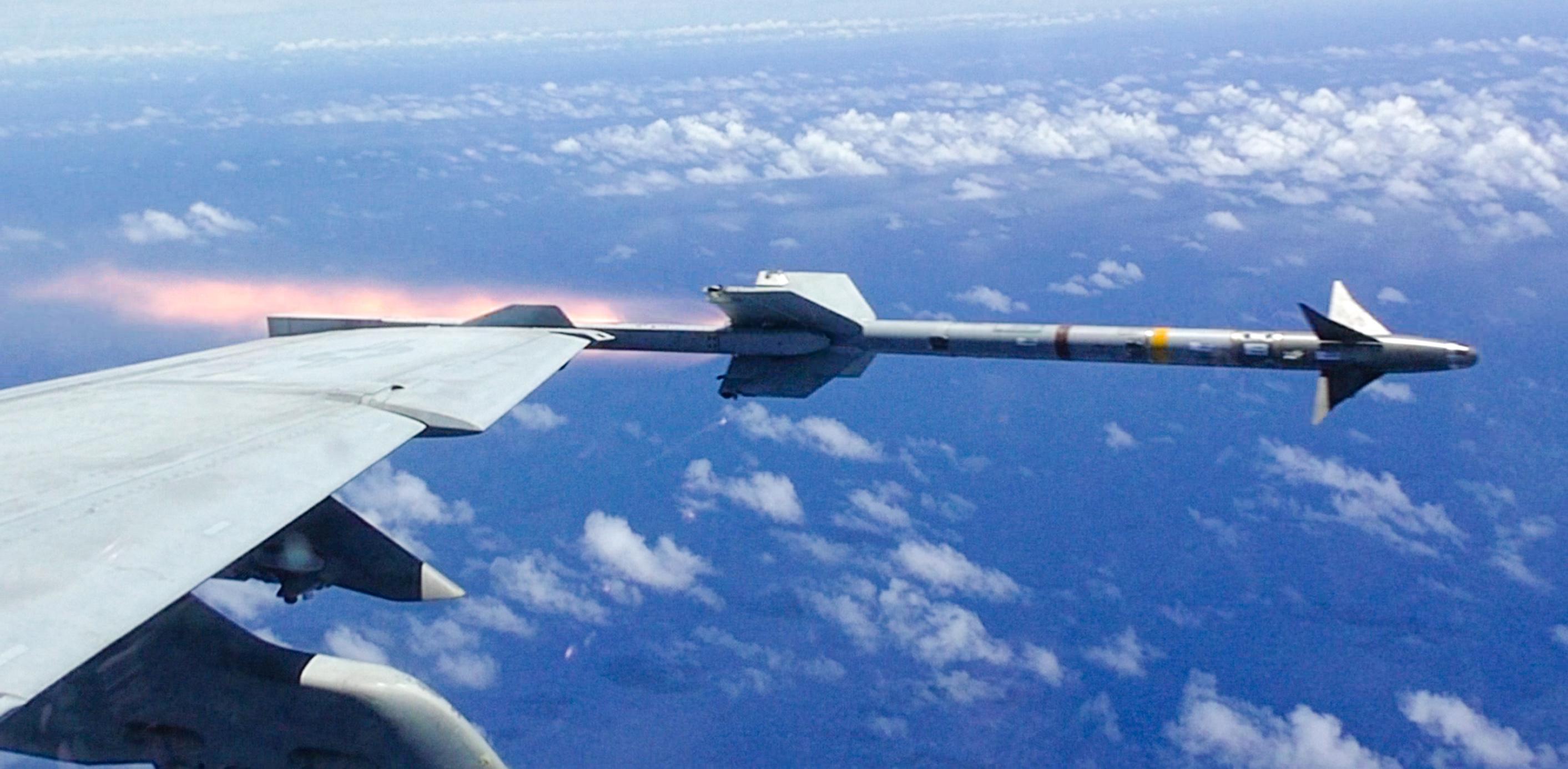
What if the F-117 had its own air-to-air radar? It sounds intriguing, but making it happen, especially in the 1980s, was far harder than it sounds. Just using a traditional fighter’s fire control radar, assuming you could even mount it somehow and still have it be effective without compromising the jet’s radar signature, would give away the aircraft’s position via its radio frequency emissions. This would have negated the whole stealth technology thing and the F-117 was never designed to accommodate such a large piece of kit in its nose in the first place.
Robert Donaldson told The War Zone that Ben Rich himself, head of the Skunk Works during the F-117’s ascendency, a man that is largely credited with giving birth to stealth technology as we know it today, told him about one concept his team was looking into while meeting with the aviation legend at the original Lockheed Skunk Works headquarters in Burbank. Rich described the concept as a radar that would fit into the existing nose of the F-117 and was housed behind a sliding door when not in use.
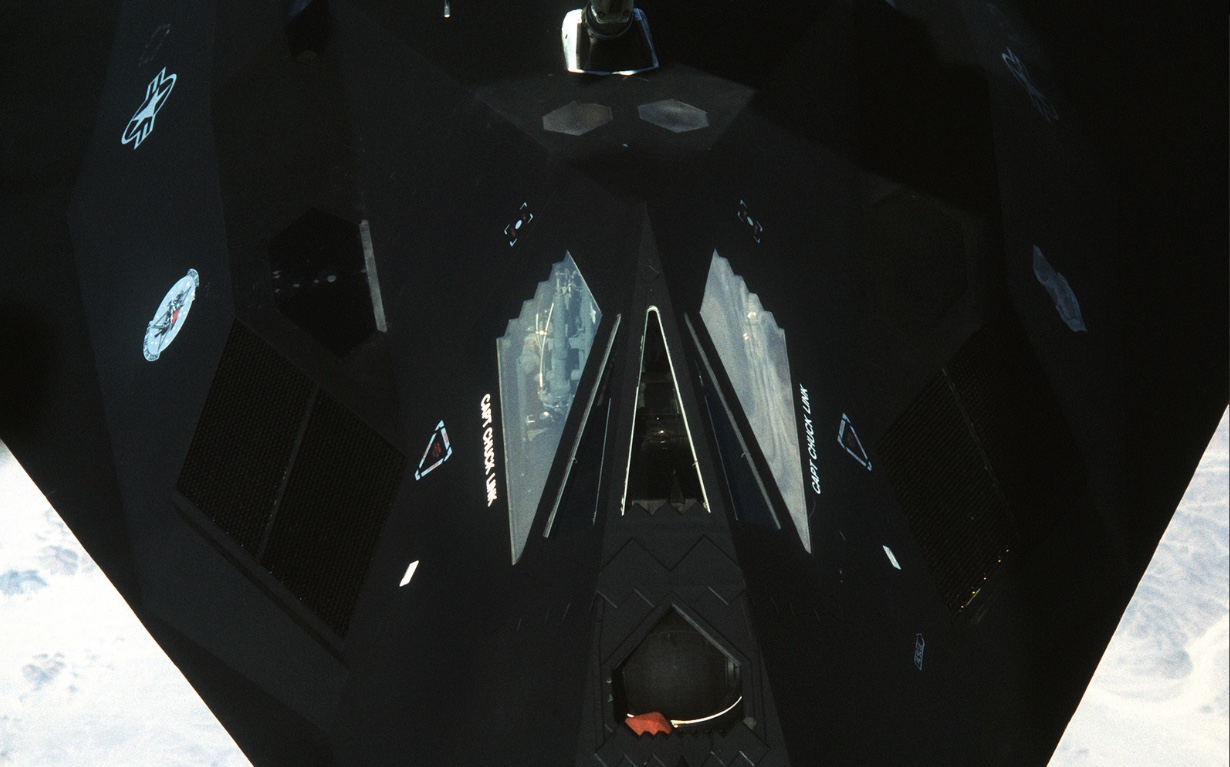
The idea was that the Nighthawk pilot would be able to activate the radar to take a ‘snapshot’ of the airspace in front of them, with the door snapping open and closed similar to a shutter on a camera so as to only disrupt the jet’s stealthy signature for a very short amount of time. This was similar to the aborted flip-down Radar Locating System (RLS) that never made it onto the production F-117. You can read all about the RLS and its weird backstory in this past piece of ours. In retrospect, the RLS system might have been effective when it came to locating and attacking enemy airborne early warning aircraft and they used a similar pop open and closed concept of operations, but that’s beside the point.
By taking one quick radar sweep of the area, enemy sensors would have been challenged to home in on the radar’s emissions and identify the F-117’s general position. With the radar picture in hand, the pilot could target an aircraft in the distance and make a run on it, only taking quick radar snapshots as they closed in, providing just enough information to get the Nighthawk lined up for a quick Sidewinder shot.
It’s an interesting idea, but as far as we know, it was just that, an idea. Still, Rich clearly was interested in it considering he shared it with the newly minted F-117 pilot. It certainly would have solved a lot of problems without heavily eroding the F-117’s inherent advantages. This was also an era where low-probability of intercept (LPI) radar technology was still fairly new, having first been tested in relation to a stealth aircraft on Northrop’s Tacit Blue demonstrator, and Lockheed was working on its own advanced LPI capabilities for the Advanced Tactical Fighter (ATF) program that would eventually give birth to the F-22 Raptor.
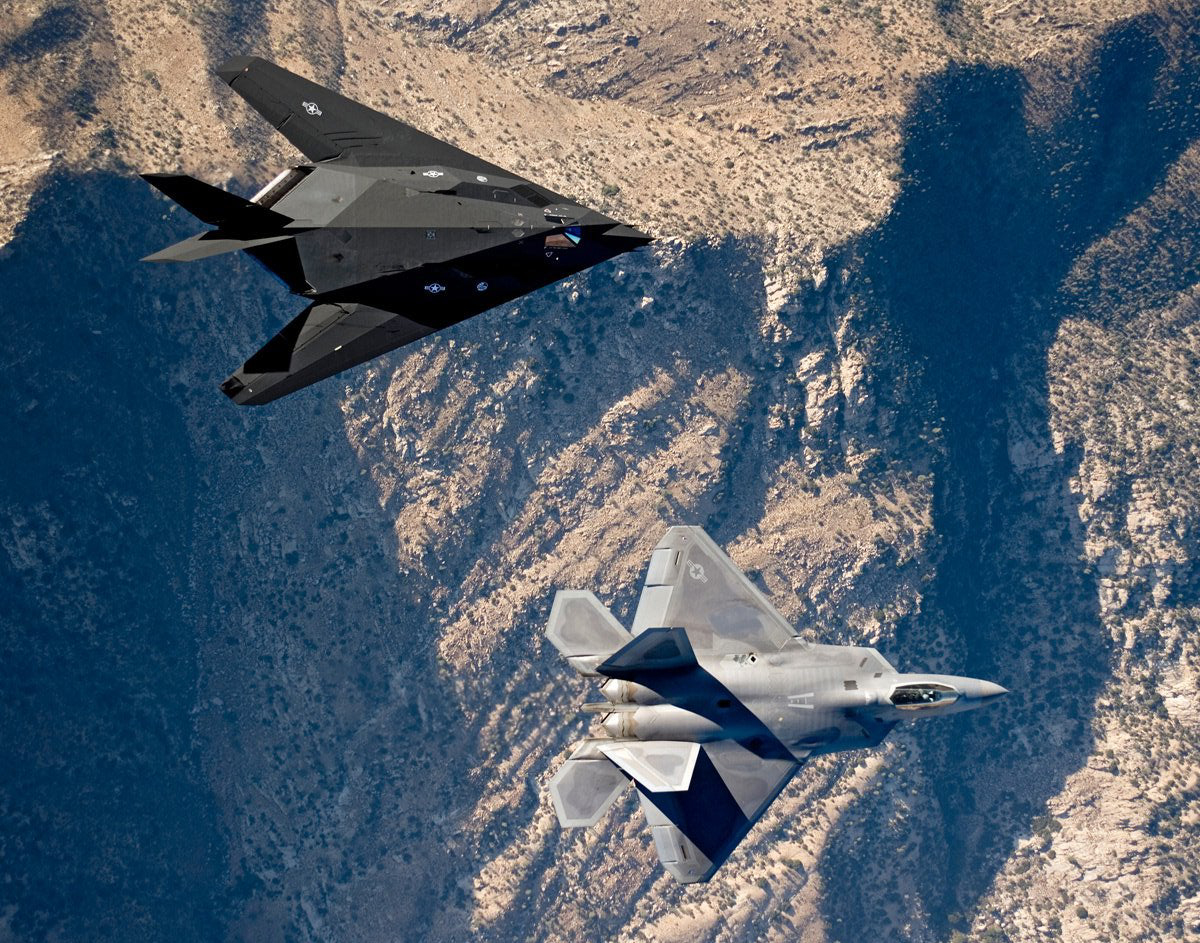
In fact, the active electronically scanned array (AESA) radar technology that was set to be a fixture in the ATF program would have likely been necessary for Rich’s radar-enabled F-117 concept, as there would be no place to put a mechanically scanned array behind a flat faceted door as it was described. The place for such a radar would have likely been where the forward-looking infrared turret exists in the F-117’s nose. This would have provided a way to largely retain the F-117’s outer mold line while still giving the jet a limited air-to-air radar capability. It wouldn’t have been able to scan an azimuth as wide as a traditional fighter radome would have allowed, but a small AESA could have provided a usable cone-like scan volume very quickly so as to give the pilot some situational awareness as to what lay in front of the jet. LPI radar modes would have helped keep the F-117 safe from the enemy’s passive radio frequency detection capabilities.
Donaldson’s account is highly intriguing. It really does point to a concept of taking the advances made for the looming ATF program in terms of radar tech and injecting them into the already existing F-117, and thus giving it new capabilities and missions. But why do you need a relatively anemic performing F-117 with limited radar capabilities when you could have an F-22? Well, the latter aircraft wouldn’t be operational for many years, so using even early forms of its sensor tech with the operational F-117 may have proven to be attractive for Rich and his Skunks.
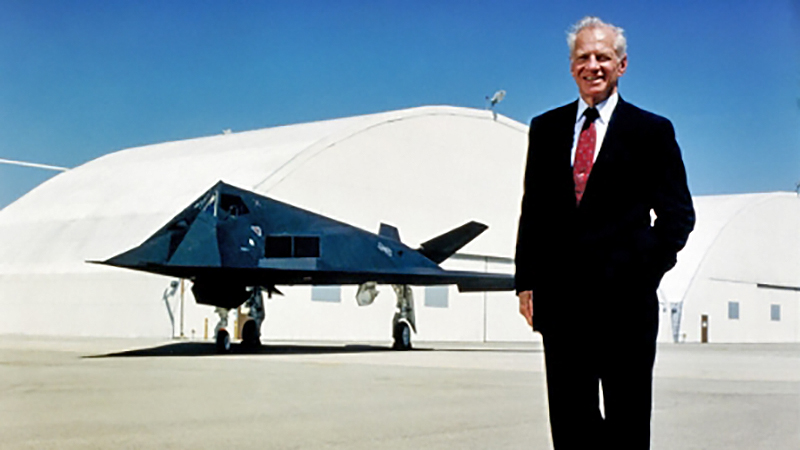
The thing is, Rich’s concept as relayed to Robertson would have been at least a second try to realize a radar-toting F-117 if it had ever been put into practice. Shortly after the F-117 was operational, a program aimed to turn the stealth jet into an all-weather attack aircraft via the addition of a radar. Multiple sources have described this offshoot of the program to me over the years, including a senior officer that was intimately familiar with the F-117 program during the period in question.
An F-117 is said to have been modified to house a radar set that was a cousin of the AN/APQ-164 passive electronically scanned array (PESA) radar that would eventually find itself in the B-1B bomber. The B-1B had a reduced radar signature and its radar required LPI modes, so that capability aspect may have already been baked into the radar set at the time of the F-117 tests, or at least it was deep in development.
The radar’s ability to take detailed synthetic aperture radar (SAR) maps of what was ahead allowed for relatively precise targeting in all weather. It could also detect moving targets on the ground and its downward-angled face provided a reduced radar signature for the aircraft that was carrying it. Since it was possible to electronically steer its beam, it would have been probably the best candidate available to fit within the odd shaping limitations of even a modified F-117 nose. A mechanically scanned dish would have created a variable radar signature that could potentially compromise the stealthy jet.
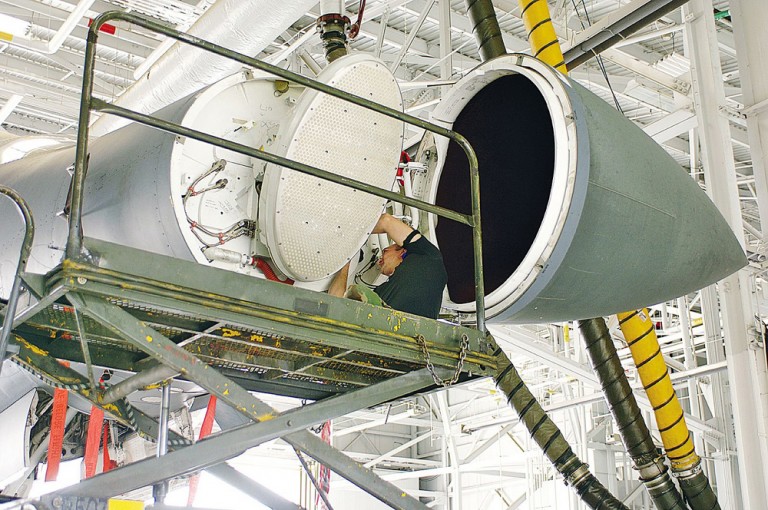
One of the developmental F-117s, tail #794 according to Have Blue and the F-117A: Evolution of the “Stealth Fighter,” received the radar in 1984 at the Skunk Works’ Burbank plant and began flight testing out of Groom Lake after the modifications were complete. The installation was unique, with a specially built selective frequency ‘evanescent’ radome covering the PESA antenna that allowed for the radar to work while also maintaining a high degree of low-observability. This radome technology was absolutely cutting-edge at the time and eventually found itself utilized on the F-22 Raptor.
It isn’t clear exactly how the tests went, but as I understand it the entire concept would have been very costly to achieve in a scaled manner. Also, the F-117 was an extremely precise strike asset via its infrared targeting and navigation system and laser-guided bombs. While the F-117 may have been able to find its target in bad weather with the radar, it would not have been able to deliver its two bombs with anywhere near the accuracy as what laser guidance provided by just using the radar alone.
It turns out that it would be exactly two decades after the radar tests that the F-117 finally got all-weather strike capability via the GPS-guided Joint Direct Attack Munition (JDAM)—no radar needed.

As for what the F-117 looked like with such a radar installed, that remains a mystery. We have inquired with Lockheed and the Air Force in an attempt to get a photo of the unique configuration, but have come up empty-handed, which isn’t all the surprising considering elements of the F-117 program remain remarkably murky. It’s also possible that this radar-equipped F-117 was tested against aerial targets if the radar had an air-to-air a mode at the time, but we don’t know that for sure.
In some ways, the whole idea of an F-117 with an air-to-air mission was too ahead of its time. Today, low observable aircraft can stay connected to critical networks without sacrificing stealth and radars have become more compact and powerful, with AESA arrays being commonplace today. LPI modes on those radars have become ever more wily and harder to detect, as well.
So, even without a radar, in this current age in which combat aircraft and the missiles they fire themselves are networked, an upgraded F-117 could rely entirely on off-board targeting information when attacking an enemy aircraft from beyond visual range. Even its own electronic surveillance suite would be sensitive enough to geolocate an enemy aircraft via its own emissions and to prosecute an attack based on that information. But this is now, not three decades ago. At that time, this simply wasn’t possible.
In the end, it’s safe to say that the F-117 never had an air-to-air role, but it certainly wasn’t due to a lack of imagination on the part of the Skunk Works. Still, not a single air-to-air missile was ever fired by an F-117, not even in basic testing.
Contact the author: Tyler@thedrive.com
